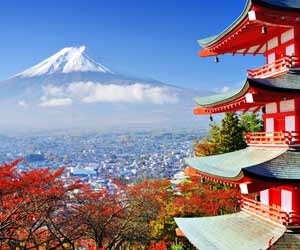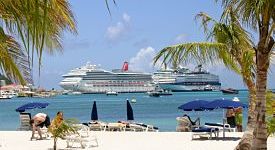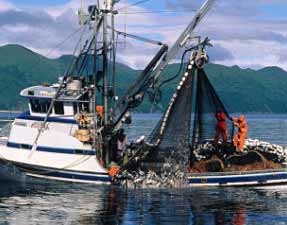Nagasaki City Profile
Nagasaki is a small and quiet city whose hills and harbor have drawn comparisons to San Francisco.

The pace of life here is considerably slower than in Tokyo or Osaka, and people are said to be more down-to-earth. Nagasaki is an internationally-minded city for its size, so it should be possible to find employment teaching English. Nagasaki could be the place for those who want to experience the “true” Japan.
Population
445,000
Location
Nagasaki is on the southwestern tip of Kyushu.
Weather
Mild winters and warm, humid summers
Transportation
Nagasaki is connected to other parts of Japan by air and rail links. There is air
service between Nagasaki airport and Toyko (Nareda), Osaka, Okinawa and other Japanese cities. The closest major international airport is Osaka. Nagasaki is not a major rail hub, but there is service from the city to other regional centers as well to Hakata, which is the terminus of the shinkansen, or bullet train. From there, trains are available to all parts of the country.
Trolleys are the easiest way to get around Nagasaki. Routes are color-coded
and many stops have English-language signs. Bus service is available, but is difficult to follow without some knowledge of written Japanese.Keep in mind as well that many of the major attractions of Nagasaki are within easy walking distance.
Places of Interest
Although it is a small city, there are many attractions in Nagasaki. A computer
kiosk in the train station provides information in English on places to visit in the area, as well as restaurant and hotel tips. Hypocentre Park, the A-Bomb Museum and the Peace Park, scattered throughout Nagasaki, are among the reminders of the atomic blast that leveled parts of the city on August 9, 1945. Include Shofuku-ji and Fukusai-ji Zen Temples on your list of religious sites in Nagasaki, and if you want a glimpse of the city’s colorful past, try the Maruyma district with its bars, restaurants, and clubs.


 Teach English in Asia
Teach English in Asia  Cruise Ship Jobs
Cruise Ship Jobs  Alaska Fishing Industry Jobs
Alaska Fishing Industry Jobs  Sharing Economy / Gig Economy
Sharing Economy / Gig Economy